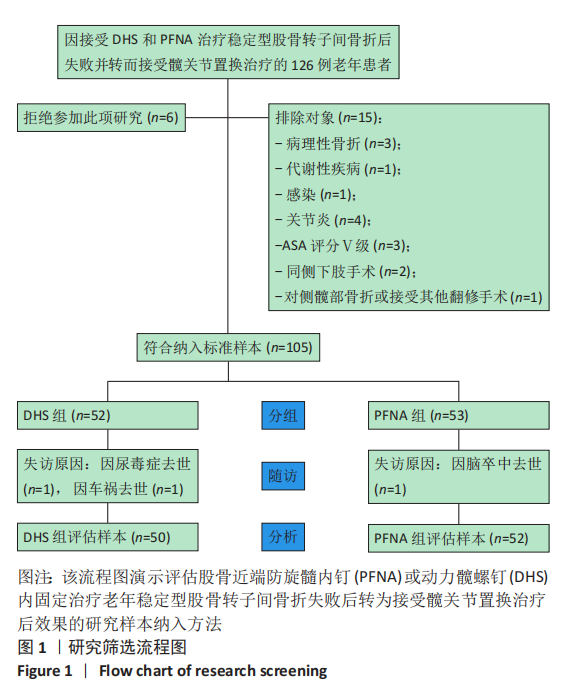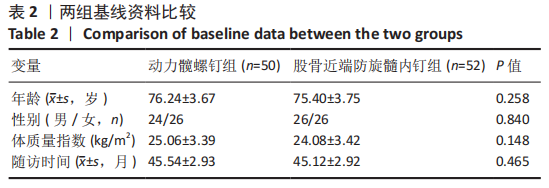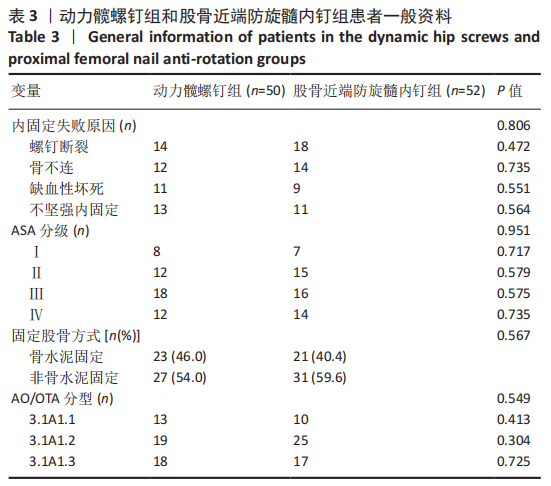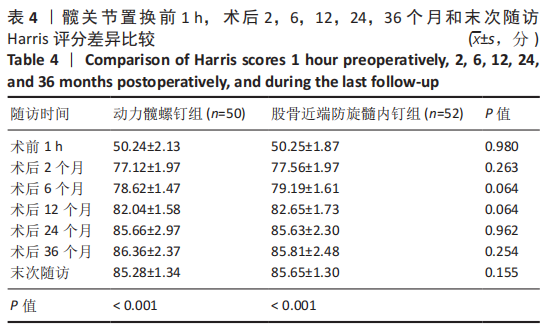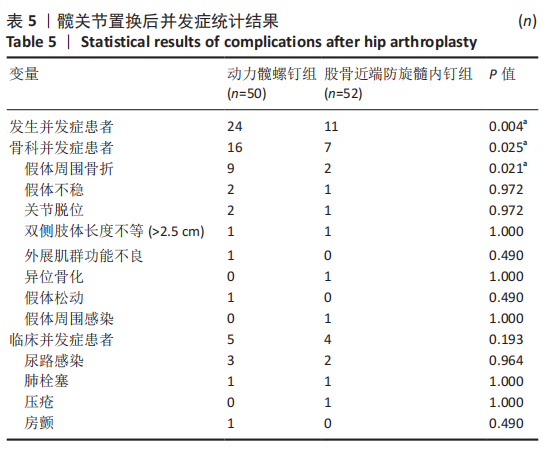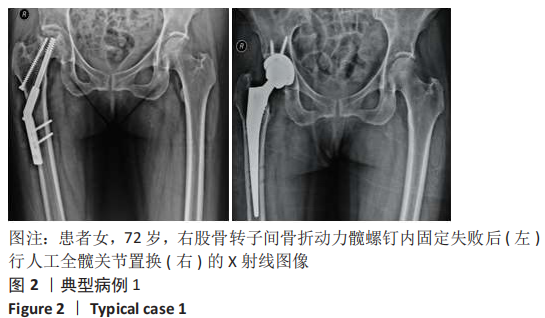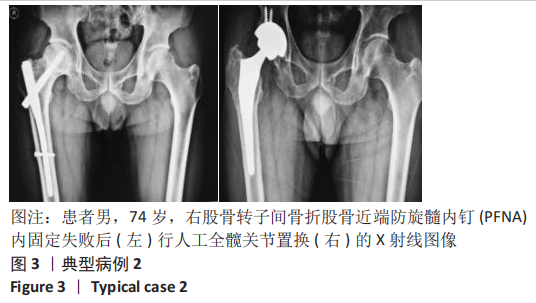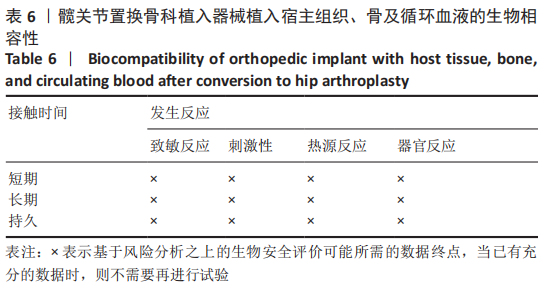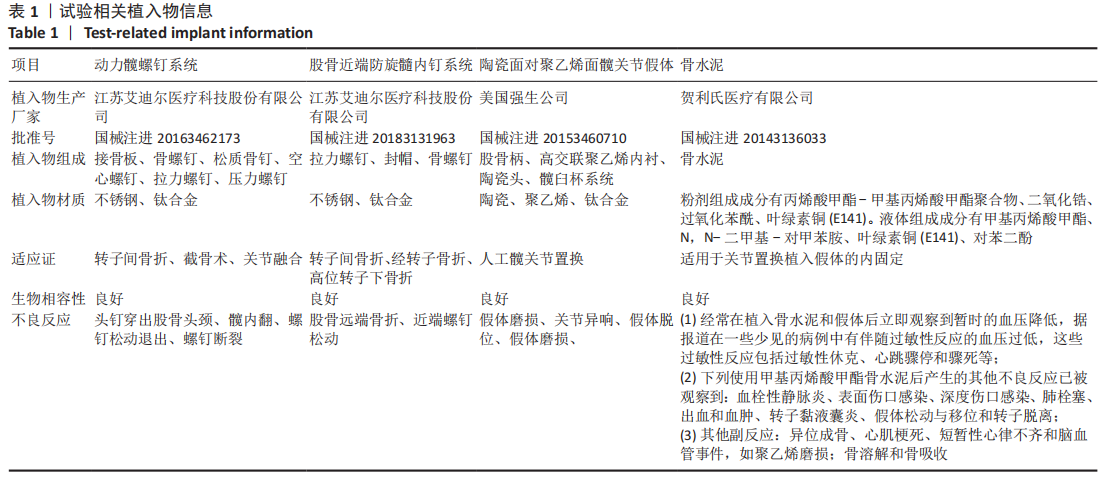[1] CHANG SM, HOU ZY, HU SJ, et al. Intertrochanteric femur fracture treatment in asia: what we know and what the world can learn. Orthop Clin North Am. 2020; 51(2):189-205.
[2] 李振鹏,邹延澄,陈泽锋,等.老年不稳定股骨转子间骨折不同内固定手术疗效比较[J].中国骨与关节损伤杂志,2013,28(12):1137-1139.
[3] 郑勇,史法见,赵晓龙,等.PFNA与DHS+空心钉内固定治疗老年股骨转子间骨折的疗效观察[J].组织工程与重建外科杂志,2019,15(5):345-348.
[4] 王炎,汪海滨,史法见,等.PFNA和DHS固定治疗股骨转子间骨折的比较[J].中国矫形外科杂志,2019,27(24):2223-2227.
[5] SHARMA A, SETHI A, SHARMA S. Treatment of stable intertrochanteric fractures of the femur with proximal femoral nail versus dynamic hip screw: a comparative study. Rev Bras Ortop. 2017;53(4):477-481.
[6] PUI CM, BOSTROM MP, WESTRICH GH, et al. Increased complication rate following conversion total hip arthroplasty after cephalomedullary fixation for intertrochanteric hip fractures: a multi-center study. J Arthroplasty. 2013;(8 Suppl):45-47.
[7] O’MALLEY MJ, KANG KK, AZER E, et al. Wedge effect following intramedullary hip screw fixation of intertrochanteric proximal femur fracture. Arch Orthop Trauma Surg. 2015;135(10):1343-1347.
[8] MIN BW, LEE KJ, OH JK, et al. The treatment strategies for failed fixation of intertrochanteric fractures. Injury. 2019;50(7):1339-1346.
[9] LIU L, SUN Y, WANG L, et al. Total hip arthroplasty for intertrochanteric fracture fixation failure. Eur J Med Res. 2019;24(1):39.
[10] TAHERIAZAM A, SAEIDINIA A. Salvage of failed dynamic hip screw fixation of intertrochanteric fractures. Orthop Res Rev. 2019;11:93-98.
[11] PARKER MJ. Sliding hip screw versus intramedullary nail for trochanteric hip fractures; a randomised trial of 1000 patients with presentation of results related to fracture stability. Injury. 2017;48(12):2762-2767.
[12] SPINNICKIE A, GOODMAN SB. Dissociation of the femoral head and trunion after constrained conversion total hip arthroplasty for poliomyelitis. J Arthroplasty. 2007;22(4):634-637.
[13] BERCIK MJ, MILLER AG, MUFFLY M, et al. Conversion total hip arthroplasty: a reason not to use cephalomedullary nails. J Arthroplasty. 2012;27(8 Suppl):117-121.
[14] HARRIS WH. Traumatic arthritis of the hip after dislocation and acetabular fractures: treatment by mold arthroplasty. An end-result study using a new method of result evaluation. J Bone Joint Surg Am. 1969;51(4):737-55.
[15] 仇赛,季晓娟,汤伯仁,等.PFNA与DHS内固定治疗股骨转子间骨折的比较[J].中国矫形外科杂志,2018,26(16):1468-1471.
[16] STAMBOUGH JB, NUNLEY RM, CURRY MC, et al. Rapid recovery protocols for primary total hip arthroplasty can safely reduce length of stay without increasing readmissions. J Arthroplasty. 2015;30(4):521-526.
[17] ZHA GC, CHEN ZL, QI XB, et al. Treatment of pertrochanteric fractures with a proximal femur locking compression plate. Injury. 2011;42(11):1294-1299.
[18] LIU L, SUN Y, WANG L, et al. Total hip arthroplasty for intertrochanteric fracture fixation failure. Eur J Med Res. 2019;24(1):39.
[19] CHEN DW, LIN CL, HU CC, et al. Biomechanical consideration of total hip arthroplasty following failed fixation of femoral intertrochanteric fractures-a finite element analysis. Med Eng Phys. 2013;35(5):569-575.
[20] HAO Z, WANG X, ZHANG X. Comparing surgical interventions for intertrochanteric hip fracture by blood loss and operation time: a network meta-analysis. J Orthop Surg Res. 2018;13(1):157.
[21] TANZER M, GRAVES SE, PENG A, et al. Is cemented or cementless femoral stem fixation more durable in patients older than 75 years of age? A Comparison of the Best-performing Stems. Clin Orthop Relat Res. 2018;476(7):1428-1437.
[22] SIERRA RJ, TIMPERLEY JA, GIE GA. Contemporary cementing technique and mortality during and after Exeter total hip arthroplasty. J Arthroplasty. 2009;24(3):325-332.
[23] MOSKAL JT, CAPPS SG, SCANELLI JA. Still no single gold standard for using cementless femoral stems routinely in total hip arthroplasty. Arthroplast Today. 2016;2(4): 211-218.
[24] YU W, HAN X, CHEN W, et al. Conversion from a failed proximal femoral nail anti-rotation to a cemented or uncemented total hip arthroplasty device: a retrospective review of 198 hips with previous intertrochanteric femur fractures. BMC Musculoskelet Disord. 2020;21(1):791.
[25] SHI X, ZHOU Z, YANG J, et al. Total hip arthroplasty using non-modular cementless long-stem distal fixation for salvage of failed internal fixation of intertrochanteric fracture. J Arthroplasty. 2015;30(11):1999-2003.
[26] DIWANJI SR, KIM SK, SEON JK, et al. Clinical results of conversion total hip arthroplasty after failed bipolar hemiarthroplasty. J Arthroplasty. 2008;23(7):1009-1015.
[27] 郑利钦,陈心敏,张彪,等.股骨转子间骨折股骨近端防旋髓内钉内固定切割失效的有限元仿真[J].中国组织工程研究,2019,23(36):5794-5799.
[28] 黄培镇,陈心敏,郑利钦,等.骨质疏松影响股骨近端防旋髓内钉治疗股骨转子间骨折的有限元仿真[J].中国组织工程研究,2020,24(24):3808-3814.
[29] BRAND S, BAUER M, PETRI M, et al. Impact of intraprosthetic drilling on the strength of the femoral stem in periprosthetic fractures: a finite element investigation. Proc Inst Mech Eng H. 2016;230(7):675-681.
[30] LIZAUR-UTRILLA A, MIRALLES-MUÑOZ FA, RUIZ-LOZANO M, et al. Outcomes of Total Hip Arthroplasty for Healed Intertrochanteric Hip Fractures. A Matched Retrospective Cohort Study. J Arthroplasty. 2020;35(10):2926-2930.
[31] LEE KH, LEE DH, NOH JH, et al. Is rigid fixation of the greater trochanter necessary for arthroplasty of intertrochanteric fractures? Orthop Traumatol Surg Res. 2019; 105(1):41-45.
[32] Ju JB, Zhang PX, Jiang BG. Hip replacement as alternative to intramedullary nail in elderly patients with unstable intertrochanteric fracture: a systematic review and meta-analysis. Orthop Surg. 2019;11(5):745-754.
[33] 覃勇志,周凯,王端,等.股骨转子间骨折内固定失败后人工全髋关节置换治疗的安全性及有效性分析[J].中国修复重建外科杂志,2019,33(2):160-165.
(责任编辑:WJ,ZN,ZH)
|

